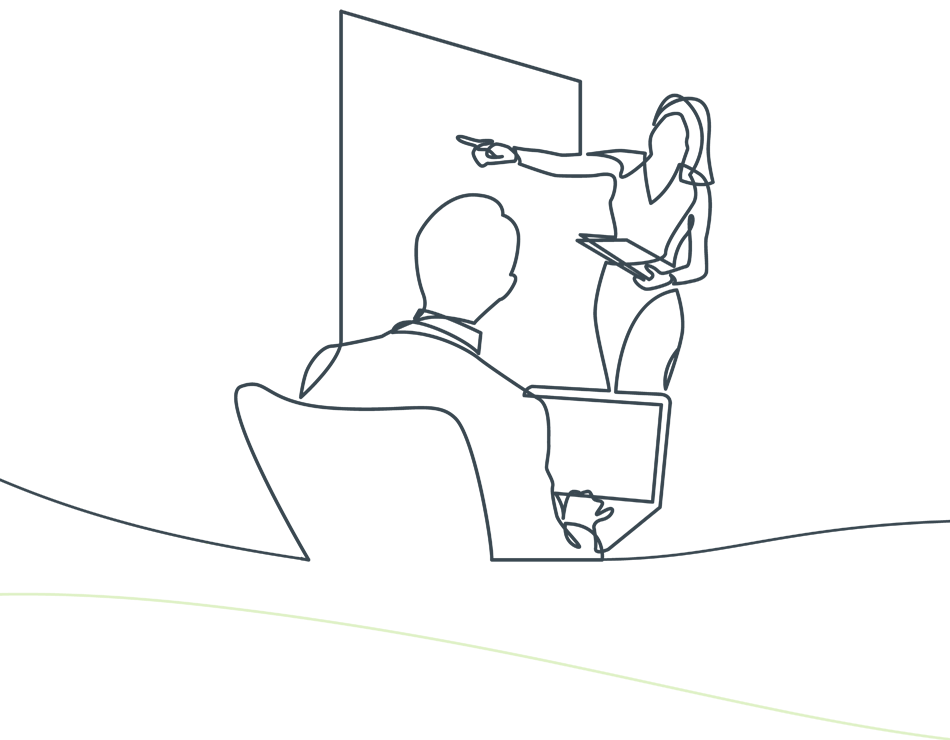
The 2025 State of Employee Safety Report
DO WORKERS FEEL SAFE?
We surveyed 2,000 full-time U.S. employees across a wide range of industries to understand how they feel about their physical safety and mental well-being at work. This year, the survey also included 1,000 full-time U.K. employees to add an international perspective. Here’s what we learned.
Workers believe their employers prioritize reputation, profits, and productivity over employee safety.
77%
IMPORTANT TO YOU
63%
TO YOUR EMPLOYER
67%
IMPORTANT TO YOU
68%
TO YOUR EMPLOYER
55%
IMPORTANT TO YOU
75%
TO YOUR EMPLOYER
41%
IMPORTANT TO YOU
67%
TO YOUR EMPLOYER


Which of the following emergency scenarios have you experienced while working?
Many employees are not prepared for an emergency at work.
83% of U.K. employees and 80% of U.S. employees have firsthand experience with emergencies at work. But more than a third of employees (35%) don’t feel prepared to manage these events.
Maintaining a safe working environment is challenging when workplace hazards and on-site threats are rising. Use the actionable data in this report to prepare your employees to navigate a wide range of emergencies and critical events.


Stress and objections to safety reporting erode employee perceptions of safety.
Organizations have an opportunity to foster safety by removing barriers to reporting and lessening the overwhelming pressure on their employees.
Discover ways to support your people and improve your safety outcomes.
of employees cite high stress levels as a contributing factor to feeling unsafe at work.
of employees think management doesn’t take employee feedback on safety issues seriously.
of employees admit they aren’t comfortable reporting safety issues.
of managers reporting high stress say their ability to keep their team safe is limited.


Employees feel like safety efforts are stagnating.
Employee concerns about emergencies are rising, but over the last four years, more employees feel that their employers’ safety efforts are slowing down. This is even higher in the U.K., with 62% of employees reporting that their employers are not making more effort.
Explore how your business can demonstrate its dedication to employee safety.
55%
MORE OF AN EFFORT
45%
SAME OR LESS EFFORT
42%
MORE OF AN EFFORT
58%
SAME OR LESS EFFORT
40%
MORE OF AN EFFORT
60%
SAME OR LESS EFFORT
41%
MORE OF AN EFFORT
59%
SAME OR LESS EFFORT


Employees want timely communication from their employers.
In the event of an emergency or safety issue affecting the organization, communication is what employees need. The most requested and impactful ways a business can make its employees feel safer and more prepared include:
• Clear instructions on what actions to take
• Timely updates as an emergency unfolds
• Follow-up information after an emergency
How quickly do you expect your employer to contact you in the event of an emergency?


Key Takeaways
- 67% of employees rank their mental health as extremely important to them.
- 59% of respondents report their employers are making the same or less safety effort in the past year.
- 39% of employees who reported a safety issue have experienced retaliation when they did.
- 56% of employees admit they don’t feel completely safe at work.
- 47% of U.S. employees and 52% of U.K. employees report that high stress levels make them feel unsafe.
- 43% of employees expect their employer to contact them within 5 minutes in the event of an emergency.

Navigate the Shifting Landscape of Employee Safety
FAQ
- Why is employee safety so important?
The core goal of an employee safety and health program is to prevent work-related injuries, accidents, and fatalities. Investing in employee safety will lower costs due to legal liabilities and workers’ compensation claims, fulfill your legal obligations, improve employee morale, and ensure your business is more resilient overall.
- How can employers protect their employees at work?
Keeping employees safe at work comes down to informing and alerting them to hazards and providing the training and resources to stay safe. Workplace injuries aren’t always avoidable, but by establishing a positive safety culture, you can improve working conditions and empower employees to play an active role in their safety.
- What is the General Duty Clause?
The General Duty Clause, commonly referred to as employers’ “duty of care,” pertains to OSHA-mandated workplace safety requirements. This clause states that every business has an ethical, moral, and legal obligation to protect its employees from harm while working.
- What is the main goal of the Occupational Safety and Health Administration?
OSHA was founded in 1970 by the Occupational Safety and Health Act to protect worker safety and ensure a healthy work environment for everyone. OSHA focuses on creating health standards for business and employee actions and performs inspections to make sure businesses are complying with those standards.
- What are some things that put employee safety at risk?
Different industries face vastly different safety issues, but here are a few common or high-risk unsafe working conditions and safety hazards that your employees might face:
- Lack of or improper safety equipment and personal protective equipment (PPE)
- Transportation/travel accidents
- Improper use of heavy machinery (like forklifts)
- External threats (like severe weather or natural disasters)
- Workplace violence (like an active shooter event)
Performing a risk assessment is a great way to determine what specific risks your employees will face at work. You can also look at common OSHA violations to get an idea of the most frequently cited issues.
- What is employee safety monitoring?
Employee safety monitoring is a safety solution that utilizes live location data and/or a panic button system to monitor and protect employees who may be in harm’s way during a job or task. Employee safety monitoring is a great supplement to safety training such as first-aid and situational awareness.
- What technology is available to support employee safety?
There are many technology options that can support a larger safety management system and help businesses protect their employees. Threat intelligence systems, employee safety monitoring, business travel risk management, and emergency communication systems are all tools that can reinforce your safety program. Technology can support informed decision-making and timely action to ensure your employees’ safety.
- What are some additional employee safety tips and resources?
You can find many resources and workplace safety tips for improving your employee safety program here at AlertMedia. Check out The Employee Safety Podcast to hear advice and stories from experts and safety leaders doing this work every day.
You can also download checklists, templates, and guides that can support your employee safety efforts. Here are a few to get you started:
The Future of Work Depends on the Safety of Employees.


